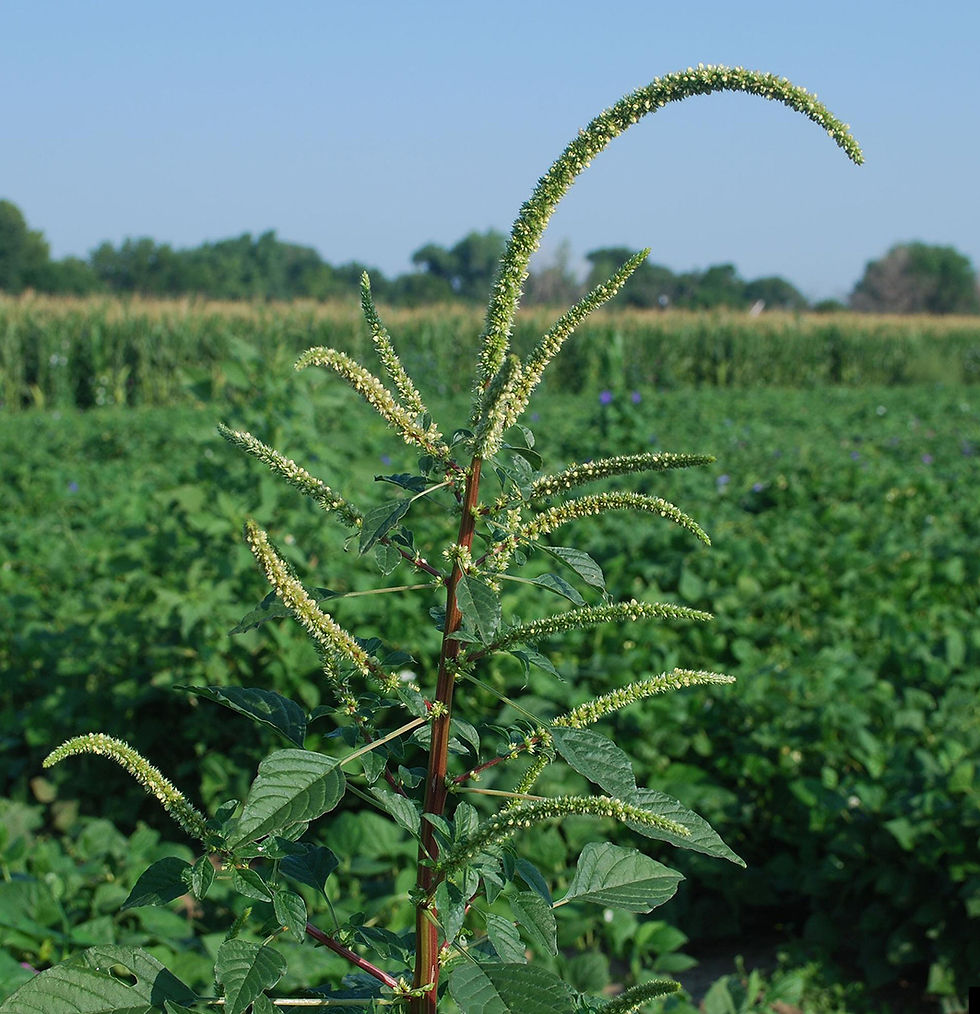OPMC 2023 Speaker Spotlight
- ontariopmc
- Oct 31, 2023
- 4 min read
Join us at the Ontario Pest Management Conference on November 7th as we look at Invasion: Facing the Plague of New Pests with a great line-up of speakers. Register in advance here for early-bird pricing. Depending on availability, tickets may be purchased at door the day of the conference.
Meet Our Plenary Speakers
Dr Julie Urban - Research Associate Professor, Department of Entomology, Pennsylvania State University

Dr. Julie Urban earned her Ph.D. in Evolutionary Biology from the University at Albany. She studies planthopper evolution and their co-evolution with multiple bacterial and fungal symbionts. Her recent work involves aspects of basic and applied research on the invasive planthopper, the Spotted Lanternfly (Lycorma delicatula). She has been a member of the United States Department of Agriculture’s Technical Working Group of scientists, advising management and research on the Spotted Lanternfly, since it was first detected in the US in September, 2014. Dr. Urban is the lead PI on a $7.3M regional USDA NIFA Specialty Crops Research Initiative grant studying the biology, management, and reducing the impact of Spotted Lanternfly in specialty crops in the eastern USA.
Spotted lanternfly past, present and future: Impacts and management of this invasive pest

Lycorma delicatula (Hemiptera: Fulgoridae), commonly known as the Spotted Lanternfly (SLF), is an invasive and economically damaging phloem-feeding planthopper that was first detected in the US in September 2014 in eastern PA. SLF feeds on over 100 species of plants and trees in North America, exerting economic impact in ornamental nurseries and other agricultural industries, as well as on businesses such as hotels and resorts. However, the greatest impacts from SLF are to vineyards who report that heavy infestations result in vine mortality and yield reduction. During this presentation, Dr. Urban will provide an overview of the invasion history of the SLF in the US and discuss the known and anticipated impacts on agriculture, and its potential impacts on other sectors. She will also provide an overview of ongoing research to improve this pest’s management.
Dr Lynn Sosnoskie - Assistant Professor, Cornell AgriTech

Lynn Sosnoskie joined Cornell AgriTech in September 2019 as an Assistant Professor of Weed Ecology and Management in Specialty Crops, which includes tree and vine crops in addition to fresh and processing vegetables. A native of Shamokin, Pennsylvania, she earned a B.Sc. in Biology from L ebanon Valley College, a M.Sc. in Plant Pathology at the University of Delaware, and a Ph.D. in Weed Science at Ohio State. Prior to coming to Cornell, Lynn worked as a research scientist at the University of Georgia, the University of California, and Washington State University. In New York, Lynn’s research is multifaceted. One area of focus includes documenting resistance to glyphosate and the ALS-inhibiting chemistries in Palmer amaranth (Amaranthus palmeri) and waterhemp (A. tuberculatus).
Palmer amaranth: Biology, ecology, management and lessons learned from Georgia, California and New York

Palmer amaranth (Amaranthus palmeri), a dioecious pigweed species native to the Southwestern US, is frequently listed as one of North America’s worst weeds because of 1) its growth rate and competitiveness relative to other weeds and crops, 2) prodigious seed production, which can range from hundreds of thousands to a million seeds per female plant under optimum conditions (https://wssa.net/wssa/weed/surveys/), and 3) widespread resistance to multiple herbicides/herbicide modes of action. Infestations can reduce yields through direct competition, by interfering with the deposition of crop protection chemicals, and by physically impeding the movement of men/machinery at harvest. Dense populations can also significantly increase the use (and associated costs) of herbicides, soil disturbance and hand-weeding by growers. Palmer amaranth’s high degree of plasticity is predicted to support its expansion into northern cropping systems, especially under current climate change models. Consequently, preventing Palmer amaranth spread into new environments is critical for sustainably managing the species.
Dr Jonathan Griffiths - Research Scientist, Agriculture & Agri-Food Canada

Prior to joining Agriculture and Agri-Food Canada, Jonathan obtained his B.Sc.H. from Carleton University, a M.Sc. in Plant Biology from Western University, and a Ph.D. from the Botany Department at the University of British Columbia. Research in the Griffiths lab focuses on the genomics and molecular biology of plant viruses. Major research projects include plant virus diversity and monitoring using bees, and genetic resistance to tomato brown rugose fruit virus. Located near Niagara in Vineland, ON, the Griffiths lab studies many of the major fruit crops in the region including stone fruits (Prunus spp.), grape, berries, and greenhouse tomatoes.
A plague on all our houses: Plant viruses

Plant viruses are serious ongoing threats to agricultural food production worldwide. Research has indicated that viral diseases are causing nearly half (47%) of all plant disease epidemics, and can result in over 30$ billion annual losses worldwide. In Canada, multiple different viral disease epidemics are causing severe losses to growers in many different types of production systems. High bush blueberries in British Columbia are severely affected by blueberry shock virus (genus Ilarvirus) and blueberry scorch virus (genus Carlavirus), grape production in Ontario and BC are battling infections by grapevine leaf roll virus 3 (genus Ampelovirus) and grapevine red blotch virus (genus Grablovirus), along with the emerging grapevine pinot gris virus (genus Trichovirus), tree fruits including apples, peaches, and cherries have been struck with serious decline issues that could be linked to viral infection, and greenhouse tomatoes production has been affected by ongoing issues with pepino mosaic virus (genus Potexvirus) and decimated by the recent emergence of tomato brown rugose fruit virus (genus Tobamovirus). Each virus-host system is unique, requiring different approaches for controlling and managing these pathogens. Similarities and differences between some of the plagues will be discussed, along with plant-virus interactions and resistance mechanisms.
Interested? Register Now!





Comments